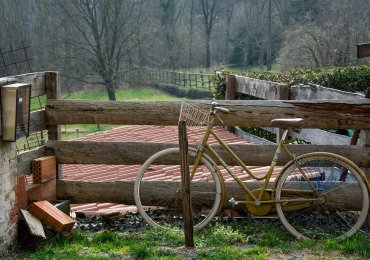-
Why we love it
This path of Via Francigena is rich in nature, between the woods at the foot of the Morainic Amphitheatre of Ivrea and the vineyards, but also of history and art with many castles and lonely Romanesque churches - Travelling time: 5 hours and a half
- Difficulty: Medium
- Length: 22 km
- Total Elevation Gain: 368 m
- Way to travel: by foot
- Cost: 0 €
- Our Advice: The best period for this itinerary is the month of September , when there still are still summer temperatures and sunny days but a lower number of tourist
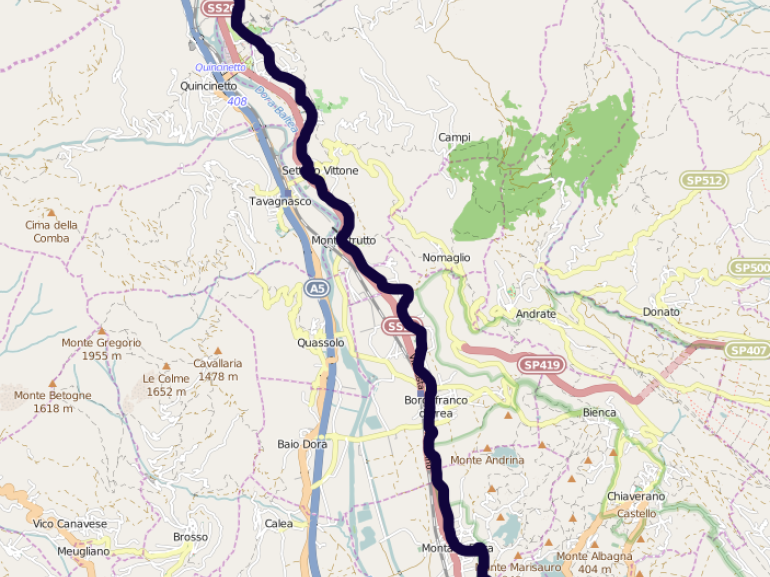
Goethe wrote: “Europe was born from pilgrimage”. And it’s exactly what Via Francigena means: a crossroad od signs, cultures and languages of Christian West. It’s the road the put into contact and unite the different european cultures. Via Francigena was born as a holy itinerary, but in the last years we discover an other kind of pilgrimage which has the aim of an inner search: not a path to God, but a path to discover yourself and to find your dimension in and among nature.
Today we tell you about one of the many itinerary of this long road (that starts in Canterbury and arrives in Rome).
We’ll leave from the beautiful region of Valle d’Aosta, in Pont Saint Martin, and we’ll arrive in Ivrea, in Piedmont.
Pont Saint Martin is a small village, also known as "the gateway to the Valle d'Aosta"; it is located on the border with Piedmont. It is a town surrounded by mountains and rich in history; you can't miss the wonderful Ponte Romano (Roman Bridge).
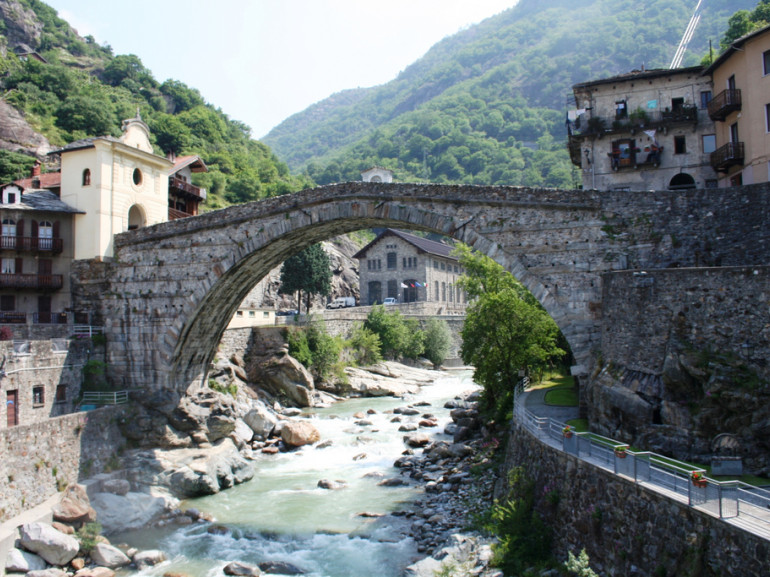
Following the excellent road signs of this path, we pass through the city streets and head to south-east, we pass through some fractions of Pont Saint Martin, getting closer and closer to the border of Piedmont. The trail climbs through the vineyards and we make our way between the steps cut into the stone, and the road starts to go upas we leave Valle d'Aosta, entering in the Piedmont area. Just after few kilometers, we find ourselves on a grassy promontory, where the Chapel of San Rocco stands. From here the view is spectacular. We can see the whole valley and the entire town of Carema. We descend towards Carema and walk among the pergola vines.

At this point you have to deal with a short section on the highway, we recommend you particular attention. We soon return to the path surrounded by the forests and we arrive in Settimo Vittone and in one of the most important Romanesque architectural complex in Piedmont: the Church of San Lorenzo. We follow an old mule track and we reach the Castle Montestrutto. The route continues towards the area of the Balmetti, natural cellars in the gorges of the mountain, where the locals keep wine and salami. Then we arrive to Borgofranco d’Ivrea.
The path continues through the moraine hills and the small medieval villages until we arrive in the area of the Ring of 5 Lakes and the incredible Terre Ballerine (Dancing Lands) (so-called because of the condition of the soil that makes it seems rubber: try to jump and see how everything moves!) through a fascinating walk among the woods and vineyards that surround the Pistono Lake.
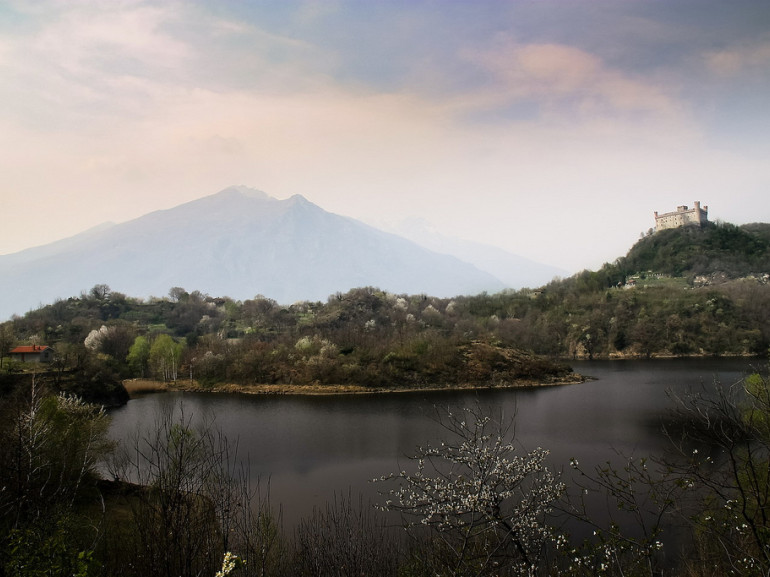
We continue for a few kilometers and so we reach Ivrea, city of romantic and unexpected views.
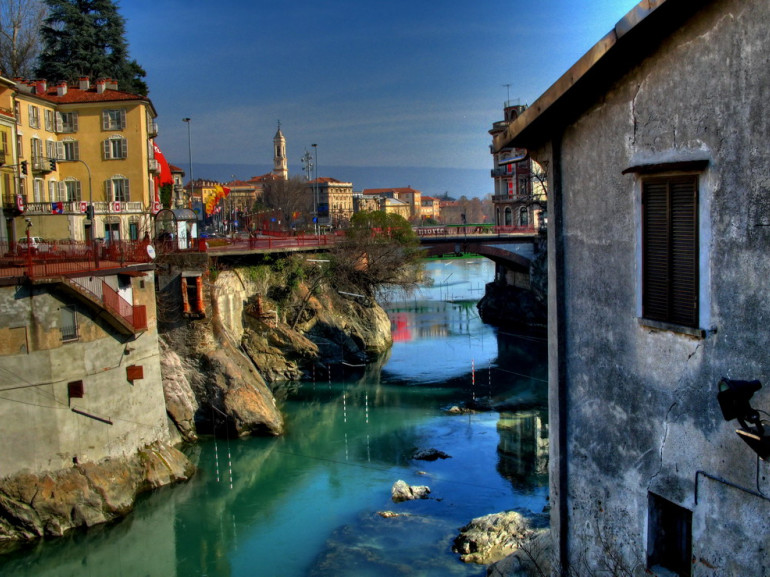
To rest and regain strength from the long walk, we recommend you the B&B Verde musica, characterized by a warm and friendly welcome and a focus on environmental sustainability, that goes from renewable electricity to organic food.
Author: Chiara Marras

